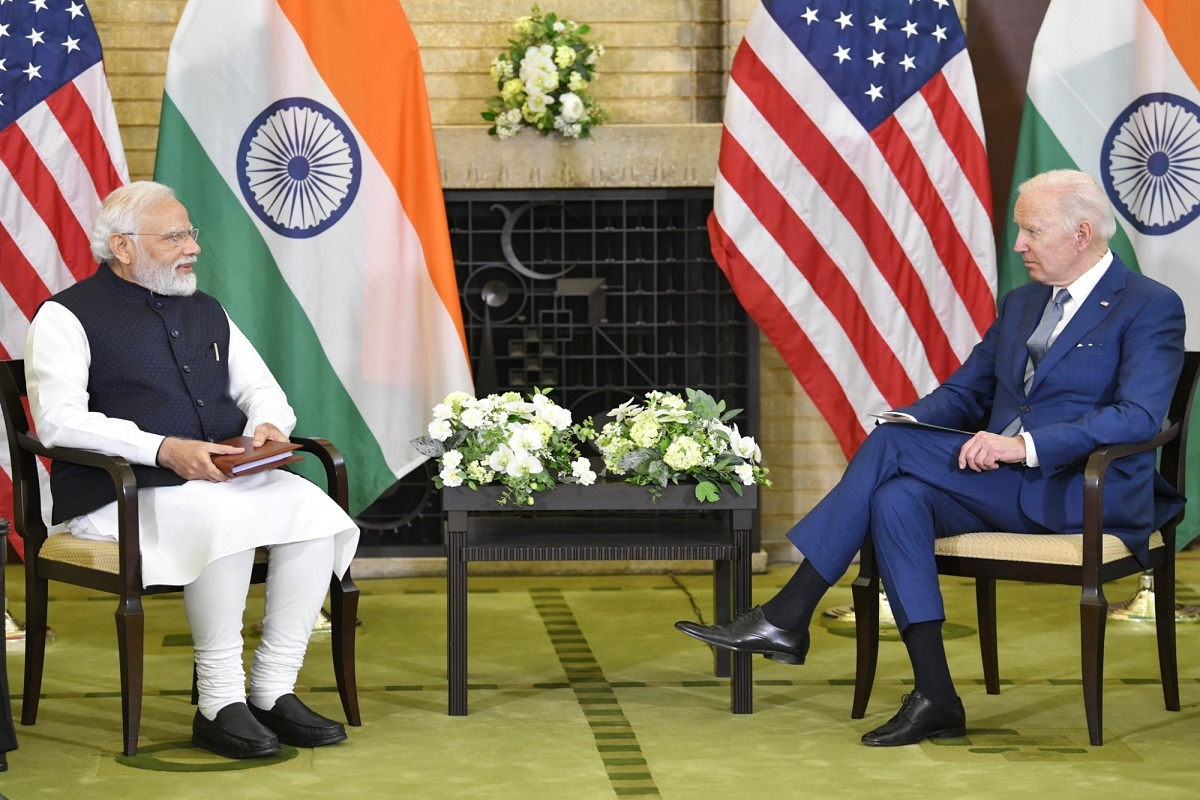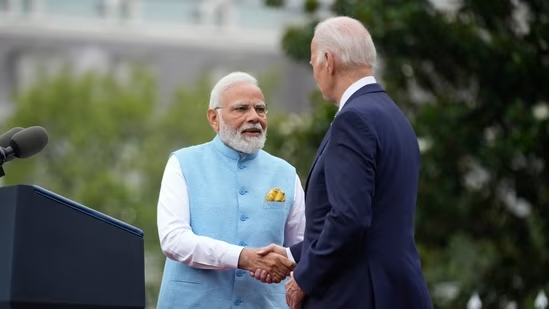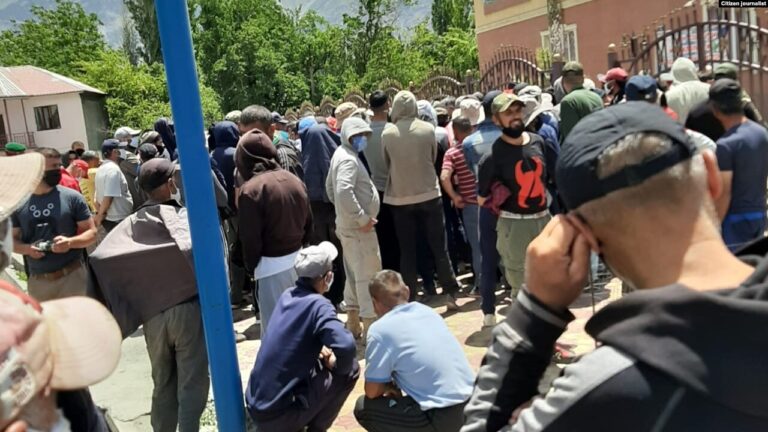The vagaries of geopolitics and realpolitik combine at times to compel political leaders to make appalling, uncouth, unpalatable compromises. They force some to even overlook gross personal indignities and humiliations, all supposedly borne in the larger national interest. PM Modi, the notorious butcher of Gujrat, was once demeaningly denied a visa by the US for around a decade. Recently, it was given a rather thumping state visit by the US. The blatant irony and compromise on display could not have been more pronounced. The US, itself a remorseless invader of numerous Muslim countries, conveniently forgot that PM Modi had then been denied that visa for a very specific and genuine reason; as Chief Minister, he was held directly responsible for the genocide of Gujrat Muslims in 2002. Furthermore, the US also callously disregarded the suffocating chokehold India has on Kashmiri Muslims. It ignored India’s arrogant and unrepentant violations of UNSC resolutions on Kashmir and the denial of human and religious rights, personal freedoms and civil liberties to the Kashmiri Muslims. It overlooked too how the majoritarian BJP government was marginalising and brutalising the Indian Muslims, the ethnic groups in Manipur, the Sikhs clamoring for an independent Khalistan in the Indian Punjab and Christians, Jains, Dalits, Buddhists, and Adivasis all over India. The US was apparently blindsided by its urgency to secure its ostensible, vital national interests in the Asia-Indo Pacific Region (IPR).
This is realpolitik at its best; knowing fully well the xenophobic, bigoted, racist and fascist policies of the RSS supported, Hindutva inspired BJP government in India, and still feeling compelled to engage it wholesomely. US’ compulsion to win over India as a strategic partner and pitch it against China has nullified all values that it ostensibly holds sacrosanct and professes ad nauseum to the world. Morality has no place in geopolitics and becomes worthless where it collides with vital national interests.
Why is the US trying so hard to appease India?
The US is currently the sole super power of the world. It feels severely threatened by China’s meteoric rise. It is extremely apprehensive of its booming, emerging economic power, of its fast evolving, high-tech military prowess, of its excellence in space and emerging technologies, of its expanding sphere of influence and concomitant strategic reach, of its BRI-CPEC project that links it to the world through regional connectivities and economic interdependencies, of its initiatives to help resolve lingering, irksome regional disputes and most importantly of its unmistakable status of a rising, trustworthy, global power of unquestionable note, repute and stature. It is precipitating an ominous paradigm shift in global and regional geopolitics and geoeconomics, away from the US-led West towards itself and Asia. It is portentously forging mutually beneficial partnerships and relationships all over the globe. It is a world power stridently on the move. The US feels threatened and compelled to stop it in its tracks.
US’ grand strategic design entails isolating China, retarding its economic progress by decoupling itself and the world from its economy, depriving and starving it off all emerging technologies, shifting the supply chains elsewhere and essentially containing it and its sphere of influence to within Asia-IPR or thereabouts. The US intends to retain its dominant military and economic superiority over China and its undisputed hegemony over the world, at all costs.
The US further feels that the Sino-Russia combined is an existential threat that must not be allowed to flourish. A strategy to defeat it piecemeal is already in operation. In phase one, Russia has been irretrievably embroiled in Ukraine, isolated from the US-led West and efforts are afoot to wean India away from it too. It is the same old strategy of offshore balancing. Ukraine has been made to confront Russia, Europe and an expanding NATO have been mustered in support while the US itself ‘leads from behind’, from across the Atlantic. The US-led West is committed to supporting Ukraine’s war with Russia, till the last Ukrainian.
A similar strategy will be employed in phase two, in the probable South Asian and Indo-Pacific theaters of war. China will be engaged on these multiple, divergent fronts. The strategy will be implemented through the two nodal points; Taiwan and India. The main effort will be launched through Taiwan the secondary effort through India while the auxiliary efforts will target the SLOCs in the IPR. The strategy could unfold with Taiwan being pushed to confront China while the QUAD, (J)AUKUS, Coalitions of the Willing are assembled to support it. Taiwan could be the Indo-Pacific’s Ukraine. Simultaneously, the US will task India to confront and fix substantial Chinese forces in the Himalayas. It will also be tasked to assert itself aggressively on the SLOCs in the Indian Ocean Region particularly around the Malacca Straits. That explains too US’ compulsion to reinforce India’s already formidable military power, turn it into an economic hub to rival China, promote it as the regional hegemon and security provider, neutralise its regional detractors, and crucially employ it as a hostile, belligerent adversary and counterweight to China.
The only plausible way to stunt and reverse China’s phenomenal rise is by ensnaring it in a disastrous, debilitating war at a time and place of the US’ choosing. Preliminary operations to that end are on in real earnest. The forces thereto are being mustered, the battlefield architecture is being created and emplaced (bases, facilities, forward deployment of forces and weapon systems, in Philippines, South Korea, Japan, Australia, the Indo-Pacific Islands, India); the rationale for such a conflict is being propagated relentlessly and a flashpoint is being deliberately fashioned. Thus, a favorable albeit critical strategic environment is being diligently and meticulously crafted for the execution of US policies in the Asia-IPR!
Curiously, their joint statement lays down the parameters of their partnership without touching the inescapable quid pro quo.
Source : TheNation







